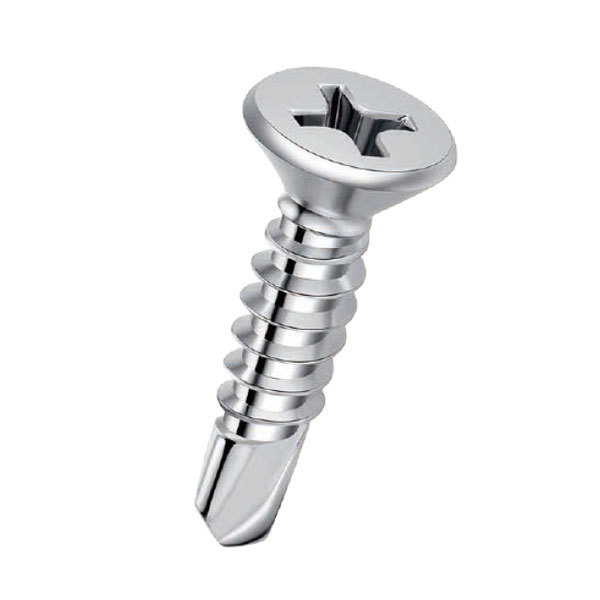cheap lock washer or washer first
Understanding the Debate Cheap Lock Washers or Standard Washers First?
In the realm of hardware and mechanical assembly, the choice between using cheap lock washers and standard washers—or determining which should be placed first—has sparked considerable discussion among engineers, DIY enthusiasts, and hobbyists alike. Both types of washers serve specific purposes, yet the debate typically hinges on performance, cost, and application context.
Lock Washers Purpose and Functionality
Lock washers are designed to prevent fastening failures by providing a locking mechanism that inhibits loosening from vibration or thermal expansion. They are characterized by their irregular shape or spiral design, which increases friction between the bolt/nut and the surface they fasten to, thus enhancing grip. The main types include split lock washers, tooth lock washers, and wave washers, each suited for different scenarios.
While lock washers are excellent for preventing loosening, their effectiveness can vary based on the application. For example, in high-vibration environments such as automotive or machinery setups, lock washers are often essential. However, their performance may diminish if used with soft materials or in situations where a smooth, flat surface is necessary for proper fastening.
Standard Washers The Basics
Standard washers, on the other hand, are primarily used to distribute the load of a fastener and to prevent damage to the material being fastened. Flat washers are the most common type, designed with a flat surface that sits between the bolt head or nut and the workpiece. This distribution of force helps to prevent dents and improves the integrity of the joint.
When discussing whether to place a lock washer or a standard washer first, the answer may depend on the specific requirements of the assembly. In standard practices, it’s common to place a flat washer first to create a smooth surface, followed by a lock washer to prevent loosening. This arrangement maximizes both load distribution and the locking effect.
Cost Considerations Cheap Lock Washers
The term cheap lock washers often refers to low-cost variants that may not uphold stringent manufacturing standards. It is crucial for users to consider the potential impact of using inexpensive options. While these cost-effective washers can significantly reduce the overall cost of an assembly, they may compromise quality and performance. Poorly manufactured lock washers might not provide the intended locking effect, leading to failures that involve much more costly fixes down the road.
cheap lock washer or washer first

When deciding to use cheap lock washers, one must weigh the risk of potential failure against the savings. In low-stress applications, the cost-saving benefits might outweigh the risks. However, in critical applications, such as aerospace or automotive, it is generally advisable to invest in higher-quality components that guarantee reliability.
Optimal Practices for Assembly
To ensure proper assembly, it’s essential to consider various factors the materials being fastened, the environment, and the load conditions. Here are some best practices
1. Assess Application Needs Understand whether the application requires the locking feature of a lock washer or if a standard washer suffices. 2. Quality Over Cost Prioritize quality over cost, especially in critical applications. Investing in reliable components can prevent costly failures.
3. Assembly Order Use a flat washer first to distribute the load and then employ a lock washer to secure the fastening effectively.
4. Test Conditions If possible, test a small batch of assembly configurations to ensure that the washers perform as anticipated under actual working conditions.
5. Regular Maintenance Monitor and maintain fasteners and washers regularly to ensure integrity, especially in high-vibration environments.
Conclusion
Choosing between cheap lock washers and standard washers, and determining their order of placement, ultimately depends on the specific needs of an assembly. While cost considerations are important, ensuring the reliability and performance of mechanical assemblies should never be sacrificed. By carefully evaluating the demands and potential impacts of using different types of washers, engineers and builders can optimize their assembly practices for better performance and safety.
-
Top Choices for Plasterboard FixingNewsDec.26,2024
-
The Versatility of Specialty WashersNewsDec.26,2024
-
Secure Your ProjectsNewsDec.26,2024
-
Essential Screws for Chipboard Flooring ProjectsNewsDec.26,2024
-
Choosing the Right Drywall ScrewsNewsDec.26,2024
-
Black Phosphate Screws for Superior PerformanceNewsDec.26,2024
-
The Versatile Choice of Nylon Flat Washers for Your NeedsNewsDec.18,2024










